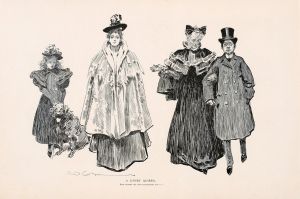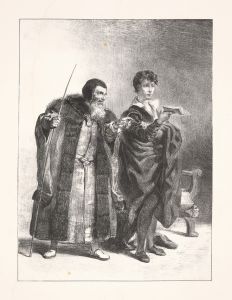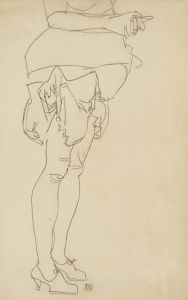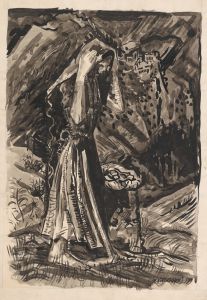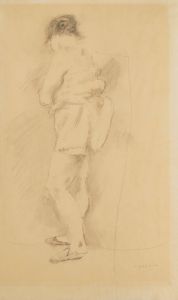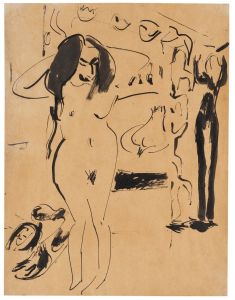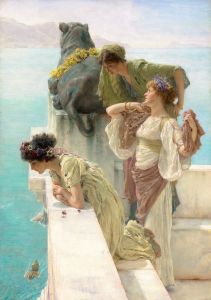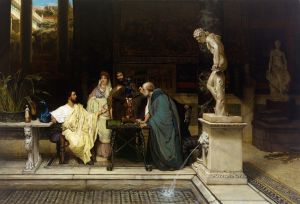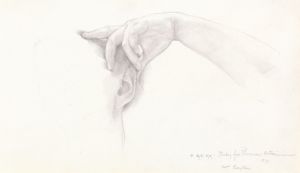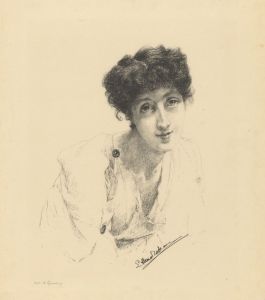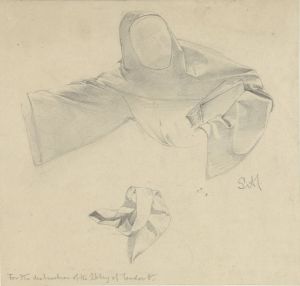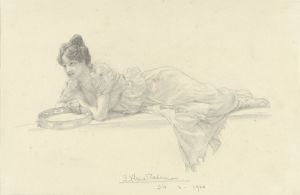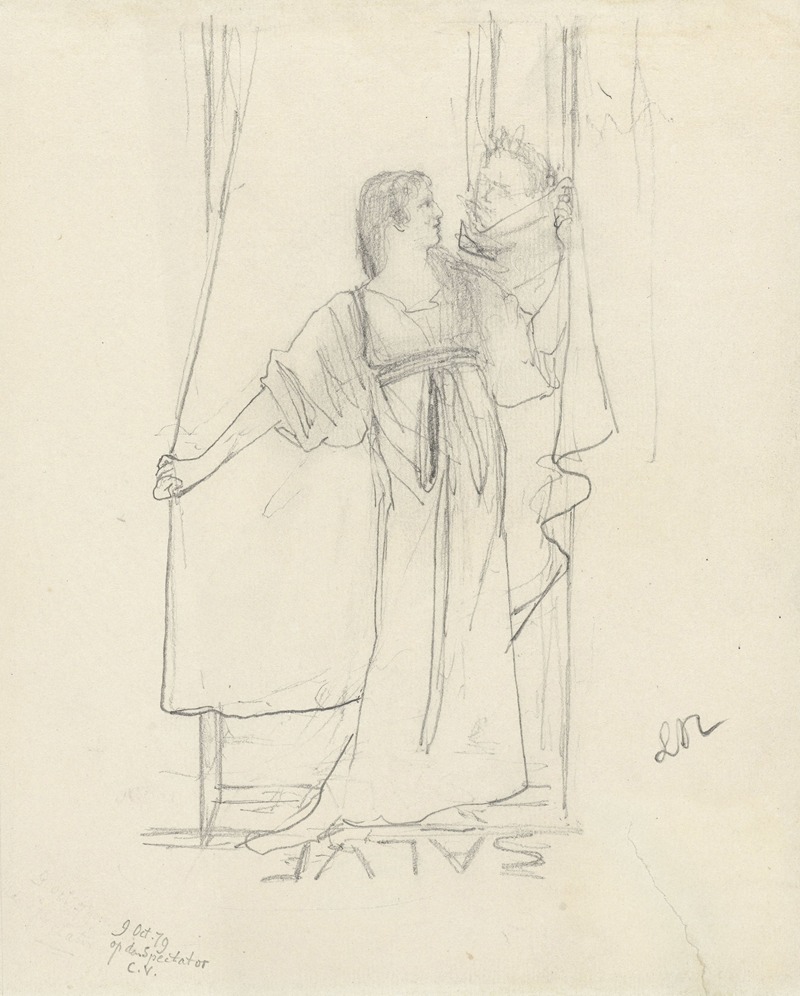
Staande vrouw sprekend met man achter gordijn
A hand-painted replica of Lawrence Alma-Tadema’s masterpiece Staande vrouw sprekend met man achter gordijn, meticulously crafted by professional artists to capture the true essence of the original. Each piece is created with museum-quality canvas and rare mineral pigments, carefully painted by experienced artists with delicate brushstrokes and rich, layered colors to perfectly recreate the texture of the original artwork. Unlike machine-printed reproductions, this hand-painted version brings the painting to life, infused with the artist’s emotions and skill in every stroke. Whether for personal collection or home decoration, it instantly elevates the artistic atmosphere of any space.
Lawrence Alma-Tadema was a renowned 19th-century painter known for his depictions of classical antiquity, particularly scenes set in the Roman Empire and ancient Greece. His works are characterized by their meticulous attention to detail, vibrant colors, and the ability to capture the essence of the era he portrayed. One of his lesser-known works is "Staande vrouw sprekend met man achter gordijn," which translates to "Standing Woman Speaking with Man Behind Curtain."
This painting, like many of Alma-Tadema's works, reflects his fascination with the daily life and social customs of ancient civilizations. Although specific details about this painting are scarce, it is consistent with Alma-Tadema's style, which often includes intimate domestic scenes that provide a glimpse into the private lives of historical figures. His ability to render textures, such as fabrics and architectural elements, with precision is evident in this work, as it is in his more famous paintings.
Alma-Tadema's paintings are often set in opulent interiors or lush gardens, filled with marble, luxurious textiles, and intricate mosaics, reflecting the grandeur of the ancient world. He had a unique ability to blend historical accuracy with imaginative storytelling, creating scenes that, while fictional, feel authentic and lived-in. This approach made his work highly popular during his lifetime, as it resonated with the Victorian fascination with antiquity and the exotic.
The artist's attention to detail extended beyond the visual elements; he was known to research extensively to ensure the historical accuracy of the objects and settings in his paintings. This dedication to authenticity is likely reflected in "Staande vrouw sprekend met man achter gordijn," where the interaction between the figures may suggest a narrative or convey a specific mood or atmosphere typical of Alma-Tadema's oeuvre.
Alma-Tadema's influence extended beyond the art world; his work inspired filmmakers and set designers, particularly during the early 20th century, when the depiction of ancient Rome and Greece became popular in cinema. His paintings provided a visual reference for the grandeur and opulence of these ancient civilizations, influencing the aesthetic of historical films.
Despite the lack of detailed information about "Staande vrouw sprekend met man achter gordijn," it can be appreciated within the broader context of Alma-Tadema's body of work. His paintings continue to be celebrated for their beauty, technical skill, and ability to transport viewers to another time and place. Alma-Tadema's legacy endures as one of the most significant artists of the Victorian era, whose work offers a window into the past while remaining timeless in its appeal.





